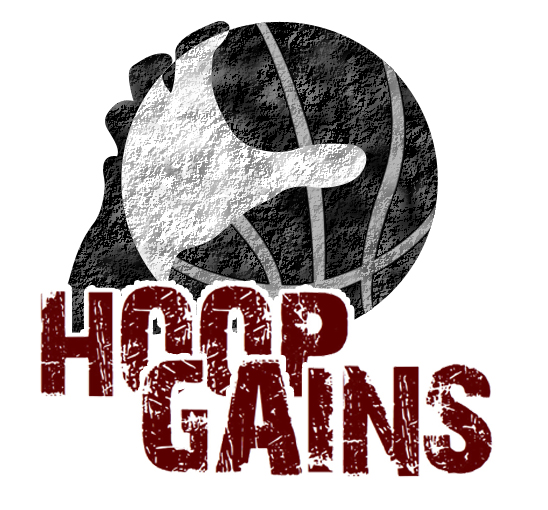"How Long Should I Workout For?"
/Players ask me this question all the time: "How long should I work out for?" I think they’re often expecting me to say something like “2 hours” or “30 minutes of ball handling and an hour of shooting.” But what I usually say is, “It doesn’t matter.”
I usually pause here for a moment to enjoy the confused look on their face. Once I have my fun, I explain that time spent working out shouldn’t be the metric that they’re focusing on.
Players tend to focus on length of time for a workout for a few different reasons:
- We have to schedule things in our lives. When players were younger, practice had a fixed start and end time so parents knew when to pick them up. It starts at 3:30 and and when 5:30 rolls around, Dad will be waiting in the parking lot. We’ve kept the habit of scheduling workouts as we’ve gotten older because we’ve got other stuff to do.
- Length of time is an easy measurement to make. It’s easy to look at the clock and figure out how long your workout lasted.
- It’s easy to exaggerate and distort. If you want to feel like you worked harder all you have to do is take it slow. Check your Instagram, dawdle between drills, don’t tire yourself out with full speed reps, fire off a few texts. All of a sudden, you’ve been in the gym for 3 hours. Wow! You’re such a hard worker! What a great workout! (This might be my single biggest pet peeve. With great difficulty, I’m going to restrain myself and leave it at that. But don’t be surprised if I end up writing a frustrated post about it later.)
The problem with using time as a measurement of how good your workout was, is that it doesn’t sync up with what actually makes you better. By the time metric, 10 minutes of lazy reps is just as effective as 10 minutes of high quality reps. And that’s obviously wrong.
What’s the solution?
The better measurement isn’t time spent in the gym, it’s the number of high quality reps. But what does high-quality reps really mean?
It’s the number of reps where you’re in what Daniel Coyle calls “the sweet spot.” (For a more in depth look at “the sweet spot” click here). Basically, the sweet spot is where you’re pushing yourself just beyond what you’re capable of. The goal you’re trying to accomplish is just outside your reach. It’s that process of having to dig deep and struggle a little bit.
Another way to think about the sweet spot is how often you succeed. The success rate of your reps in the sweet spot is between 50 and 80%. Any more than that and it’s too easy. Any less and you’re floundering around helplessly.
The amount of reps you can get in the sweet spot should be your metric. This doesn’t mean you have to go to the gym and ignore how long you were there. You can still schedule a 90 minute workout. But the key is not to use length of time to assess how good the workout was.
A 90 minute workout is only as good as the number of quality of reps you get in those 90 minutes.
And that’s why I say “it doesn’t matter” when players ask how long they should workout for. Because if you can get 300 high quality reps in 30 minutes, that’s just as good as getting 300 high quality reps in 3 hours.

